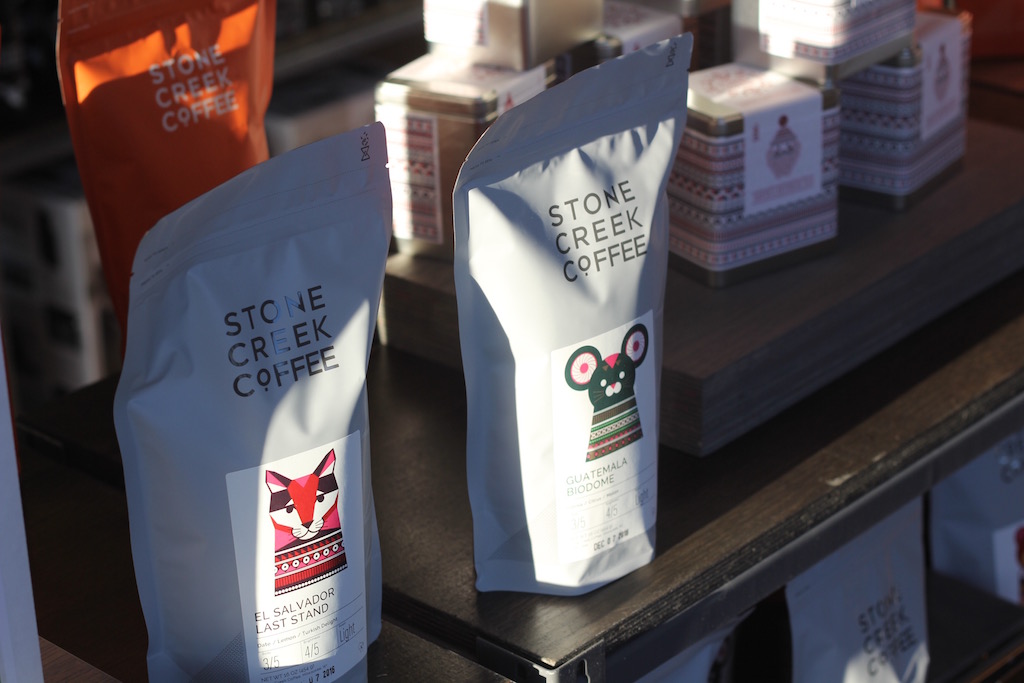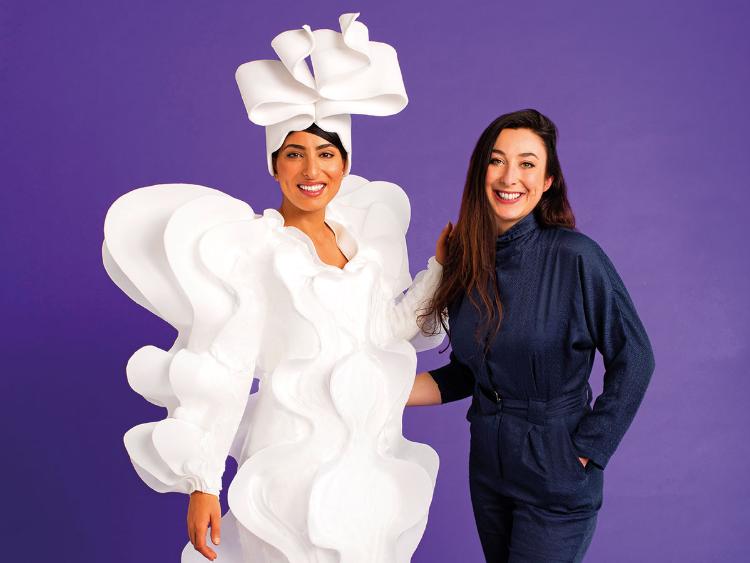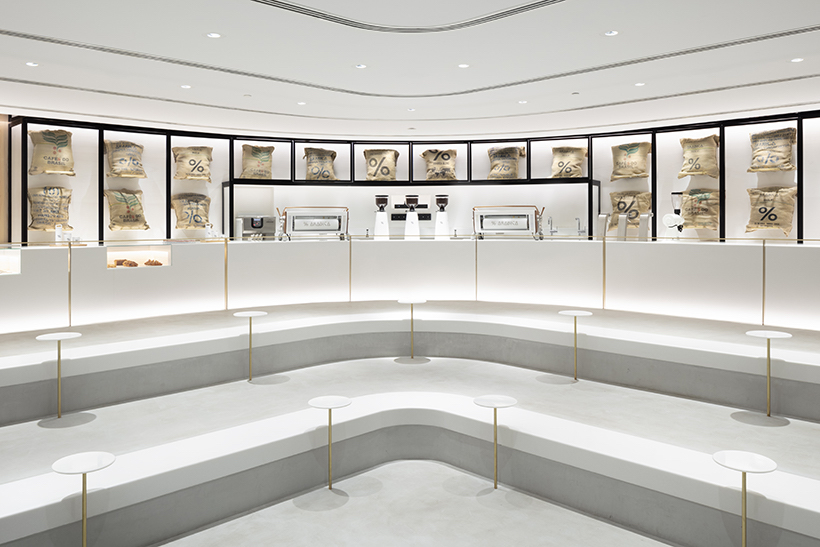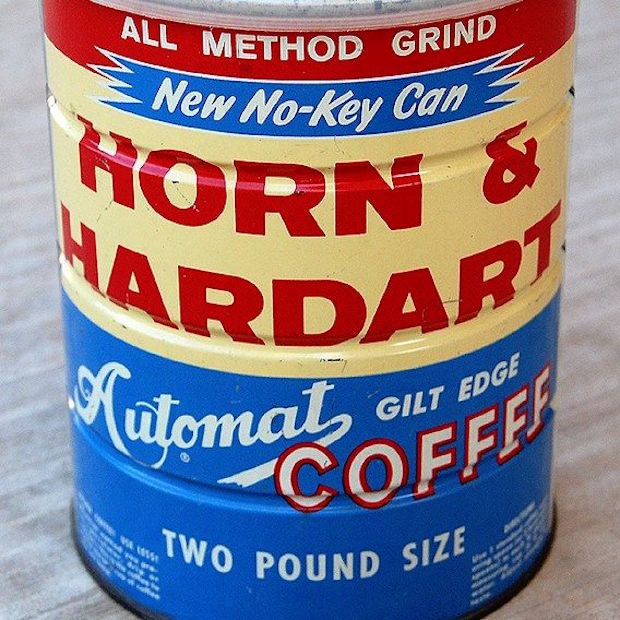In the run-up to the meeting of the International Coffee Council of the ICO, which takes place in Nairobi next week, Forbes Africa ran an op-ed penned by Fernando Morales-de la Cruz, founder of the nonprofit Café For Change, who minced no words in declaring that the meeting will be of “little or no use for solving the coffee crisis.” His reasons for saying so include: The ICO does not include the US or Canada; the EU and Swiss public officials serving as representatives likely have little or no authority on major trade issues; and it’s the multinational corporations that cause and continue to control the crisis:
It is much easier for a multinational to influence the national agricultural policy of any country, or all of them simultaneously, than for the majority of coffee farmers together. It is obvious that neither national coffee organizations nor governments have known how to, or have wanted to defend producers for decades and this is why we have reached the unacceptable reality that multinationals now buy coffee 74% cheaper than 36 years ago and farmers receive less than two cents for every cup of coffee served in developed nations.
One strategy that growers in India are using to try to wrest control over the value of their products is through Geographical Indications (GIs). Jagran Josh reported that five new GI tags have been created for coffees grown in specific areas. The GIs each come with their own set of distinctions. For example, coffees bearing the Araku Valley Arabica name are presumed to share “a citrus note of grape fruit and a mild jaggery-like sweetness.” The report broke down other benefits of GI:
• It is used for agricultural, natural and manufactured goods having a special quality and reputation.
• It plays a very important role to increase the realm of the market.
• It boosts exports as well tourism and more importantly, it indirectly leads to sustainable development.
Coffees from the area of Leworook village in East Flores Regency, Indonesia, are perhaps worthy of their own GI. The Jakarta Post offered the experience of local villager Yosep “Yolan” Lawe Oyan, who started a business roasting and selling the beans of his home region in hopes of supporting the area farmers:
Getting insights from the time spent in cafes during his university days in Yogyakarta, Yolan and his wife, Elisabeth Nue Manuk, started a coffee business in their spare time. They process the farmers’ coffee beans into ground coffee and they even buy coffee beans from the farmers at a slightly higher price from what was offered by intermediaries.
Yolan, who works at the East Flores Social Affairs Agency, then offers the coffee to small shops after office hours, while his wife sells the ground coffee at Oka market.
140 out of the roughly 200 workers employed by Milwaukee, Wisconsin-based Stone Creek Coffee are voting this week on potentially forming a Stone Creek Coffee union. This would become part of Teamsters Local 344, whose secretary-treasurer Bill Carroll spoke to the Journal Sentinel about it:
Some employees of Stone Creek have been unhappy with wages, which start at $8 an hour for baristas, along with shift scheduling and other issues.
“We’ve been building support since last September when we were first contacted by these workers,” Carroll said.
Management has said baristas make between $4 and $5 an hour in tips as well as the $8-per-hour starting pay, putting total compensation for starting baristas at $12 to $13 per hour.
If management wonders whether new uniforms might raise morale, hopefully they won’t turn to London-based costume designer Kate Tabor. Gulf News reports that the fashion designer has partnered with several other designers around the world to make dresses celebrating each region’s introduction to Costa Coffee’s Cold Foam products. In the UAE, the partner designer was Huda Al Nuaimi:
“I was delighted to be asked to be part of the Costa Cold Foam Couture project. It’s an exciting time for the Middle East fashion scene as the style becomes bolder and more experimental, so I’m proud to represent Middle Eastern women’s fashion through such a quirky and creative medium,” Al Nuaimi said.
The three dresses took Tabor more than three weeks, 10 metres of wetsuit material and 10 litres of cold foam to create.
A far more practical and fascinating design created in the Middle East came to light this week. It is the interior design of a new shop in Kuwait for the almost un-Google-able Japanese coffee brand % Arabica. Design Boom shared more from Japanese design firm Nendo on the tiered “stair-like” cafe design:
in designing the four-meter high, corner location of the arabica coffee branch as a stair-like structure, nendo has maximized visibility and enhanced circulation for customers and staff alike. the interior bench, which can seat up to 30 people at once, has been built with a curve to reduce unwanted eye contact in respect to the islamic custom that advises women to avoid men’s attention. another 44 seats are available on the outdoor terrace, where the bench extends in order to visually connect between the shop’s interior and exterior. on the shelves, linen bags with coffee beans take center stage along with the ‘beans map’ that hangs next to them, while white coffee machines almost disappear to the background.
If it seems like that interior and bar must have cost a pretty penny, Chinese super-startup Luckin Coffee is here to remind you that it takes money to make money. Forbes examined how in 2018 Starbucks’ emergent overseas competitor ground its way through a trove of funds in excess of the equivalent of $100 million USD:
Valued at $2.2 billion in a recent round of funding from a group of investors that included Singapore sovereign wealth fund GIC and China International Capital, Luckin is reportedly preparing for a U.S. IPO later this year with advisor Credit Suisse, at a valuation said to be at least $3 billion. Schakel declined to comment on any IPO plans. The Xiamen-based chain is burning cash to win China’s caffeine race: Luckin predicts full-year losses for 2018 of at least 800 million yuan ($118 million). It hasn’t projected how soon it will break even.
Apart from stimulating the humans involved, coffee plays an additionally important and traditional role in Philadelphia city politics, as election candidates draw raffle balls out of an old Horn & Hardart coffee can to decide where they’ll appear on the city’s May 21st primary election ballot. Philadelphia magazine explained that a lower number is potentially better, as studies have shown that those listed first on ballots have an advantage:
Philly’s long-standing Horn & Hardart ballot-drawing method has drawn notable critique over the years, and rightly so. Democratic Party chair Bob Brady recently called the can a “total disgrace.” But it was naturally the center of attention on Wednesday (its parody Twitter account bursted to life once again), bringing both delight and disappointment to those who reached their hands inside. As the candidates for each race (mayor, register of wills, sheriff, city commissioner, City Council at-large and district) learned of their fates, the wide-eyed crowd looked on, some verbally contemplating the powers of “the coffee can of destiny.” A few reporters (myself included) relished in the so-very-Philly scene unfolding before our eyes. (Especially considering all the legal challenges filed on Tuesday by candidates seeking to block their competitors from the ballot.)
Howard Bryman
Howard Bryman is the associate editor of Daily Coffee News by Roast Magazine. He is based in Portland, Oregon.











Comment